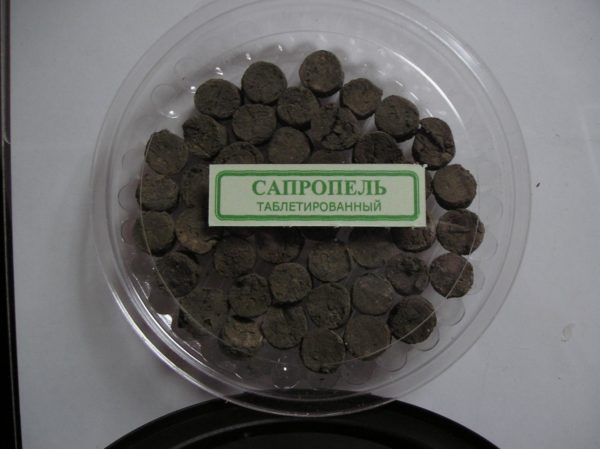
Among the fertilizers there are chemical and organic species. Organic fertilizers include the well-known Sapropel, formed from the remains of animal and vegetable origin. They are taken out with special equipment from the bottom of freshwater reservoirs. A lot of this substance accumulates in stagnant lakes, ponds, ponds. They are the main source of sapropel production. As a fertilizer, it is used in a processed form, completely without extraneous additives, only dried from moisture residues.
The substance is pale gray, partially black, used as a fertilizer - Sapropel. It has a surprisingly pure natural composition - nature gives the earth fertilizer with a content of 96-98% of organic components. When a substance extracted from lakes and ponds is frozen or dried, it can turn into stone. The properties of Sapropeli to feed plants and soil with natural components and restore the fertile properties of the earth are highly appreciated.
Specialized centers offer various fertilizers, but a person always appreciates ecological top dressing that can replace any artificial agent with natural manpower. An excellent environmental remedy of our day is Sapropel.
Content
Fertilizer Sapropel: description, composition, application, advantages, reviews
The natural substance extracted from the bottom of freshwater bodies is sapropel. It is obtained in the process of life of underwater plants and animals. From plant particles, dying organisms, falling on the bottom soil, a mineral humus is formed, it has been called sapropel since ancient Greek times. The Greeks call this substance “rotten dirt”, and it is translated from Greek: “sapros” - rotten and “pelos” - silt, dirt. In fact, this is a valuable mineral that a person has adapted to use in different areas of life.
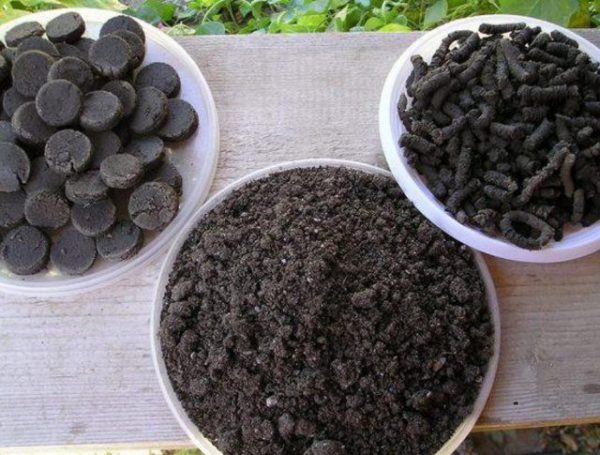
Description of fertilizer Sapropel
“Ground humus” is another name for sapropel, which looks like ash - a gray powder substance. The product in granules and tablets has the same color. An important property of the fertilizer - in processing, drying, granulation, it does not lose its natural properties: minerals P, Fe, Mg and many others.
The beneficial properties of a fossil are an inexhaustible source of mineral and vitamin compounds. After processing, the fertilizer should be moist and crumbly to the touch. The liquid form of the product is not suitable for feeding plants; they restore the impoverished lands under steam.
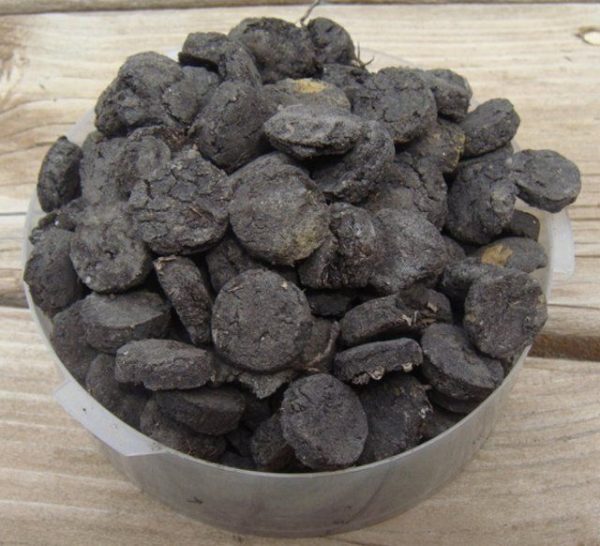
Equally successfully "works" with therapeutic mud, it is used in balneotherapy in sanatoriums and dispensaries. This therapeutic substance strengthens the immune system, cures skin diseases. Trace elements contained in sapropel improve skin metabolism, enrich the skin with nutrients at the cellular level.
What it is?
Several types of sapropel are mined in the lakes. They differ in the composition of minerals.The most significant for soil enrichment, cultivation of cultivated plants is the organic mineral fertilizer Sapropel, when it is extracted from the lake bottom, it is black. When a substance rises from the bottom in a jelly-like or liquid form, this indicates the content of ferrous compounds, which exclude the possibility of using a natural resource as top dressing.
Gardeners know that they need to fertilize the soil with Sapropel in the fall, once every 3-5 years. The long-term action of the fertilizer components during this time perfectly improves the quality of the soil. But plants individually can be fed, and take into account that each culture requires its own fertilizer proportions.
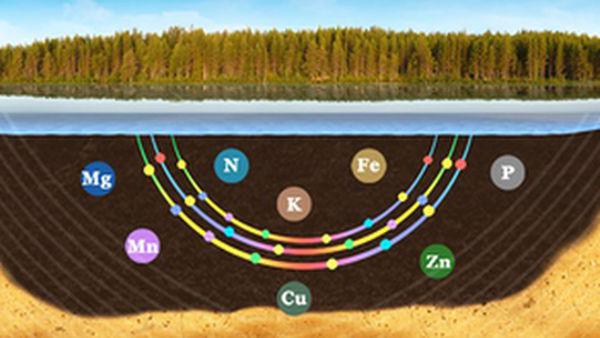
Modern fertilizer Sapropel - a tool with soil-forming properties, it nourishes planting, while increasing soil fertility. There are several types of sapropel, differing in the percentage of minerals.
In crop production, two types are most effective:
- organic;
- organic mineral.
They are recognized by their almost black color. They are pulled from the bottom almost ready for processing. In each regional lake, the extracted bottom fertilizer has its own composition.
By the regional location of the lakes, sapropel varieties with:
- carbonate characteristics;
- organic
- glandular;
- siliceous.
Crop production is used for each type of fertilizing.
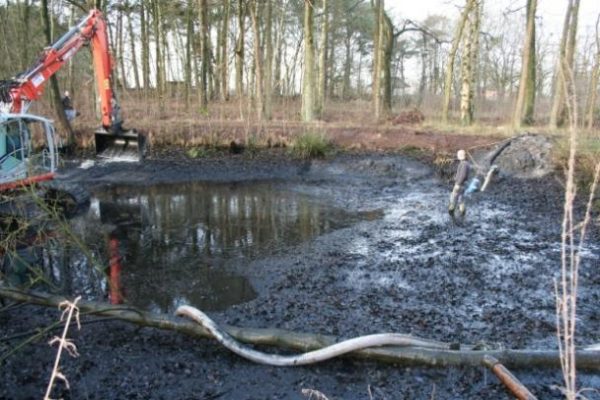
Benefits of Sapropel
The high advantages of Sapropel over various organic fertilizers are due to the high content of micro and macro elements, due to which it significantly improves soil biological processes.
Advantages of sapropelic fertilizers before:
- Peat. Sapropel has a lot of nitrogen. Not a single natural resource, nor peat, nor shale contains so much nitrogen. It has more organic matter than peat.
- Animal composts. There are no weeds in Sapropel, no pathogenic bacteria and flora. Long-term storage in unopened bags does not produce nitrogen loss.
- Fertilizers of chemical origin. Bottom fertilizers are environmentally friendly, they have no toxic effects on the environment. It is safe for a person to work with such fertilizers without even using protective equipment.
Important advantages of Sapropel:
- improves the natural qualities of the soil;
- It is an environmentally friendly product;
- significantly increases productivity;
- holds moisture in the earth;
- cleans the soil of bacteria and fungi;
- develops a strong root system of all plants;
- It benefits the earth for a long time, up to 5-7 years.

How to use Sapropel as a fertilizer, no questions arise. Dates, methods of applying it to the soil, such as other organic products. Before plowing, Sapropel is scattered throughout the garden, even if plowing is delayed by domestic or weather conditions, nitrogen from the fertilizer is not lost.
Structure
Plants dying in the pond, animals are deposited so densely on the bottom that oxygen is restricted in this layer. This is how a natural bottom substance is formed, under natural conditions, the bottom soil of transformation into a homogeneous, dense raw material for further mining and processing.
In the process of the formation of bottom fertilizer, physicochemical mechanisms occur that last for decades in a body of water. The longer the sapropel “ripens”, the higher the assessment of its geological quality.
Hydrogeologists calculate the content of raw materials, decide on its use as:
- therapeutic mud;
- raw materials for the production of fertilizers;
- reclamants - reclamants,
- soil formation.
The different chemical composition of sapropels allows the production of fertilizers that are environmentally friendly and suitable for various uses. Bottom fertilizers differ in the composition of organic and mineral substances, the content of nitrogenous, phosphorus-containing, potassium, sulfur compounds. Organics of sapropels are biologically active substances, humic acids, vitamins. The quality of the fertilizer depends on the level of ash, acidity, the percentage of silicon, glandular compounds. These indicators make it possible to combine raw materials in the production of fertilizers for various purposes, to combine it with other natural components.
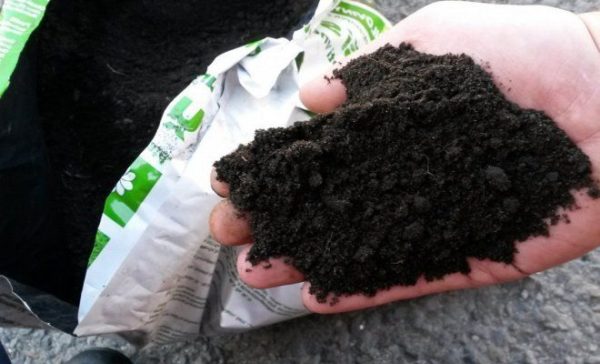
Sapropelic fertilizers contain:
- carotenoids;
- enzymes;
- catalase;
- peroxidase;
- reductase;
- protease.
Significance to fertilizer is given by the content:
- fulvonic acids;
- macro- and microelements;
- vitamins - A, E, B2, group B;
- organic matter;
- amino acids;
- ashes;
- natural stimulants;
- beneficial microflora.
Ecological purity of Sapropel allows its use on soils of any type, for plants, without exception of any kind. The use of Sapropel makes the soil richer and more fertile.
Operating principle
The action of Sapropel in its principle is surprisingly simple and understandable.
To add Sapropel when digging the beds, and it will “work” in the soil for at least 3-7 years:
- accelerate biological processes;
- improve seed germination, engraftment of seedlings;
- increase yields;
- strengthen the immunity of plant crops.
The principle of action of Sapropel is visible during the regeneration of the soil layer, the restoration of its fertility. On depleted soil, sandy loam, not containing fertilizer, loamy, there is no need to cut the surface level of the earth, as was previously practiced in crop production. Then created a new layer of peat, chernozem. Now such a laborious process is not required. The fertility of the earth is restored with the help of Sapropel. Its evenly and densely - 3 kg per 1 sq. Km. m, distributed over the garden or suburban area, then you need to dig the earth to a depth of 10-12 cm - half a shovel.
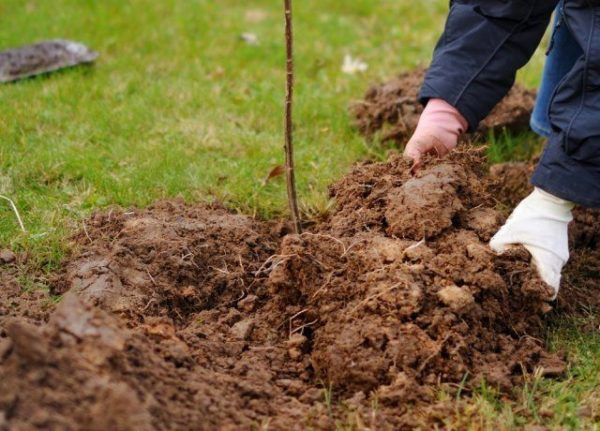
This gives:
- soil restructuring;
- soil nutrition with its components;
- launch fertility restoration by fertilizer microorganisms.
The simple and understandable principle of fertilizer operation makes it a welcome guest in vegetable gardens and summer cottages, where owners are happy to use organic, environmentally friendly fertilizer.
Instructions for use
What is Sapropel, how to use it in the garden, tells the instructions for use. It has sections - a description of the product, properties to improve the soil, the rules for making plants. A separate chapter is devoted to the application of fertilizer for potatoes, precautions. The instructions for use of Sapropel indicate that it is an organic fertilizer of high environmental purity, used both by direct application into the soil and partly in the preparation of compost.
Application Rules
Fertilizer is not harmful to plants, so Sapropel is recommended to take 5 kg per 1 square. m. Exposure to organic matter reduces the acid content, enriches the soil with micro and macro elements.
Fields with potatoes may be fertilized with Sapropel up to 120 t / ha. The introduction of such fertilizing significantly increases the yield. For other vegetables, 100 t / ha should be taken. On agricultural land, fertilizer is enhanced by combining it with manure, mullein, compost.
Row crops and vegetables require the introduction of Sapropel at the rate of 50-100 t / ha. Fertilizing significantly increases the yield of many agricultural plants.
Greenhouse use
Healthy seedlings grow in greenhouses when Sapropel is mixed with the soil 1:10. When transplanting seedlings into the ground, you should add top dressing directly to the hole. Then the plants take root easily and grow quickly.
Instructions for use will advise how to choose a fertilizer in the store by its brand.
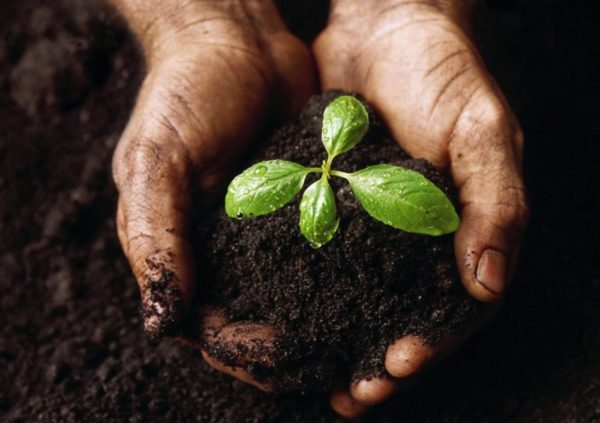
The brand indicates the purpose of the fertilizer:
A - universal type, for use on any soil;
B - organic fertilizer intended for use on "acid" lands;
B - for use on neutral or slightly alkaline soils.
Ready-made fertilizer is sold in bulk and retail. For this purpose, use special bags or standard containers. When packing fertilizers for retail, an important condition is ensured - the complete preservation of nutrient components.
As a rule, retail is offered packaging:
- loose sapropel in bags;
- granules in buckets;
- liquid agent in tanks.
The instructions for using Sapropel must be carefully read to get acquainted with the various properties of amazing fertilizer, and use them at your dacha with the greatest efficiency.
How to use for plants
The benefits of Sapropel in growing plants have been tested in their experience by many gardeners and homeowners. It is used in the combination of soil mixtures.
In plants:
- crop quality improves;
- plant growth is activated;
- a healthy root system develops;
- seedlings adapt more easily on the ground;
- The development of plants at all phases is stimulated.
Fertilizer is beneficial to plants, it has long been known to all gardeners. It is used for garden, garden, ornamental plants.
Use when planting potatoes
The use of sapropel fertilizer in potato fields increases the yield up to 35%. For this, 130 tons of top dressing is applied per hectare. On acidic soil, geotechnicians recommend applying 80–110 t / ha. Biogenic fertilizer is introduced into the soil in the fall, when plowing the field for spring planting of potatoes. Additionally, in the spring, when planting root crops, a powdery substance is added directly to each well. There is a method of “bathing potatoes” before planting it. In summer cottages intended for growing potatoes, fertilizer is applied at the rate of 3-6 kg per 1 sq.m. In addition, to preserve the quality of the potatoes in storage, they are sprinkled in the piles with dry powder fertilizer.

Often use a mixture of Sapropel with manure after composting, in a ratio of 2: 1. Fertilizer is purchased in accordance with its composition, which is indicated on the factory accompanying sheets on each package.
Use for soil
High-quality fertilizer Sapropel is used to improve the mechanical structure of the soil, indicators of moisture, aeration. Sapropel activates the natural processes of self-cleaning of arable land from pathogenic fungi and organisms.
Today, scientists have scientifically confirmed the benefits of using bottom fertilizer to improve the fertile soil layer and its air regime. Sapropel reduces the possibility of accumulation in potato tubers and root crops of heavy metals from the environment.
Earth receives:
- saturation with nutrients;
- reduction of watering rate;
- nitrate reduction;
- activation of the earth.
In Russia, a set of measures has been developed for the ecological restoration of land resources and increasing their fertility. Reclamation of sandy land, where a layer of soil and turf is recreated, is especially important. This saves abandoned lands that have become impoverished after previous human activities - the territory after used oil and gas wells, sandy proximity to the sea and desert. During land reclamation Sapropel is valid for 7-14 years.For this purpose, a liquid form of fertilizer is introduced, it is evenly distributed during not deep - up to 12 cm, arable land, at the rate of 3 kg per 1 sq.m.
Types of Sapropel
Fertilizers from sapropel have a different chemical composition, which allows you to create different types of fertilizing. It depends on in which geological region the raw materials are mined.
Soil at the bottom includes components of mineral and organic properties. According to their content, sapropels are:
- siliceous;
- calcareous;
- mixed.

The content of components of organic origin allows you to divide the fertilizer into:
- organic, ash 30%;
- organic mineral, ash 30-50%;
- mineral-organic, ash 50-70%; 0
- mineralized, ash 70-85%.
Another division of sapropel fertilizers into forms: liquid, pasty, granular, granular. It depends on what purpose Sapropel will be used for. Fertilizers are traditionally presented in loose and granular form. The product in liquid and paste form is used to restore large areas.
The types of water bodies determine the types of sapropelic raw materials. In Russia, various deposits of sapropel are being developed:
- lakeside;
- peat bog;
- quagmire;
- sea;
- interglacial.
The main bottom soil processed for fertilizer is lake and peat. The extracted humus is processed until it turns into an excellent fertilizer Sapropel.
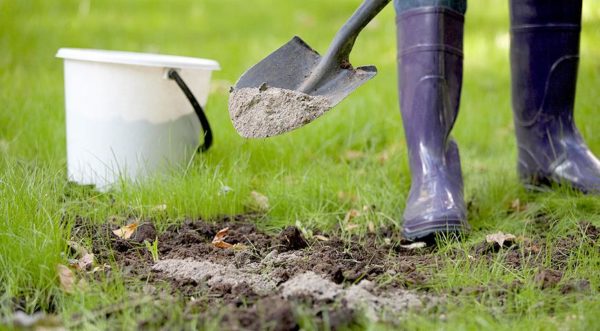
Reviews
Farmers who have already applied Sapropel fertilizer leave good reviews and thanks to its producers. The creation of a unique fertilizer facilitated the work of restoring the soil, increasing productivity, and reduced the amount of chemical fertilizers. sapropel
Maria:
“In 2012, my husband and I started using sapropel tar in the summer cottage - it was ideally suited for the soil of our region. Sapropel helped me cure diseased rose bushes, I fed them strictly according to the Instructions, and rare varieties of roses, their withered lifeless bushes came to life, bloom beautifully and develop to my joy. "
Lyudmila:
“The tomatoes that we raised with our daughters became winners at the school and city autumn fairs. All the neighbors were surprised, and I did not hide my secret: I fed seedlings with Sapropel. For the entire horticultural life, large, round tomatoes for the first time grew, without flaws in shape and color. ”
Ivan:
“I have 3 potato plantations. There was always enough crop for a large family. A familiar agronomist advised to "buy" potatoes in a solution of Sapropel. They brought a barrel of solution, dipped half a potato there, stood a little, and immediately sent for landing. The harvest was such that from one plot there was enough potatoes for the whole family for the whole winter, and the rest of the crop went for sale. ”

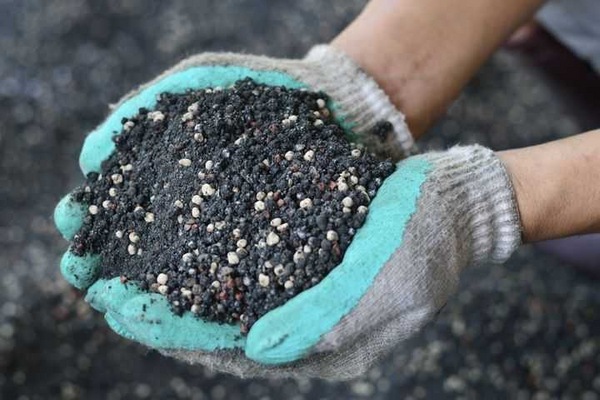
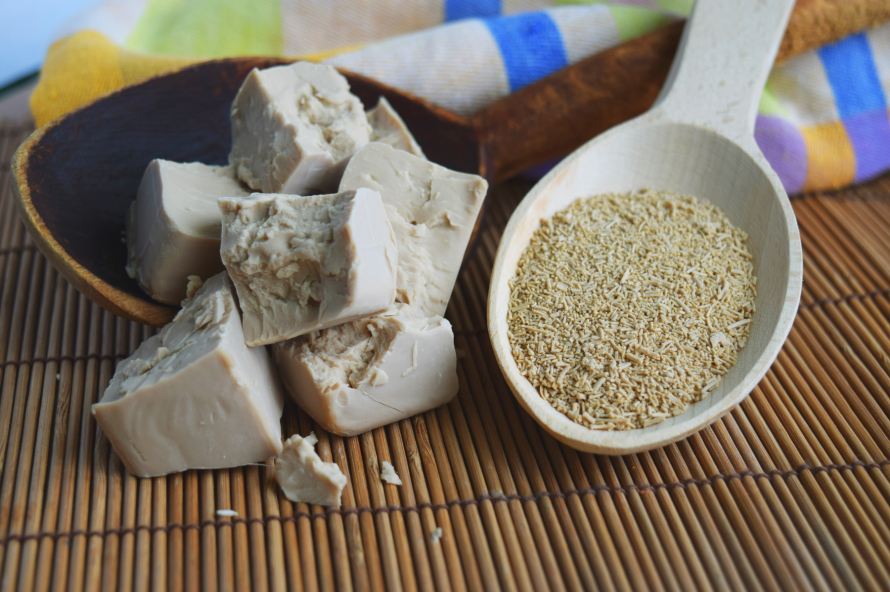
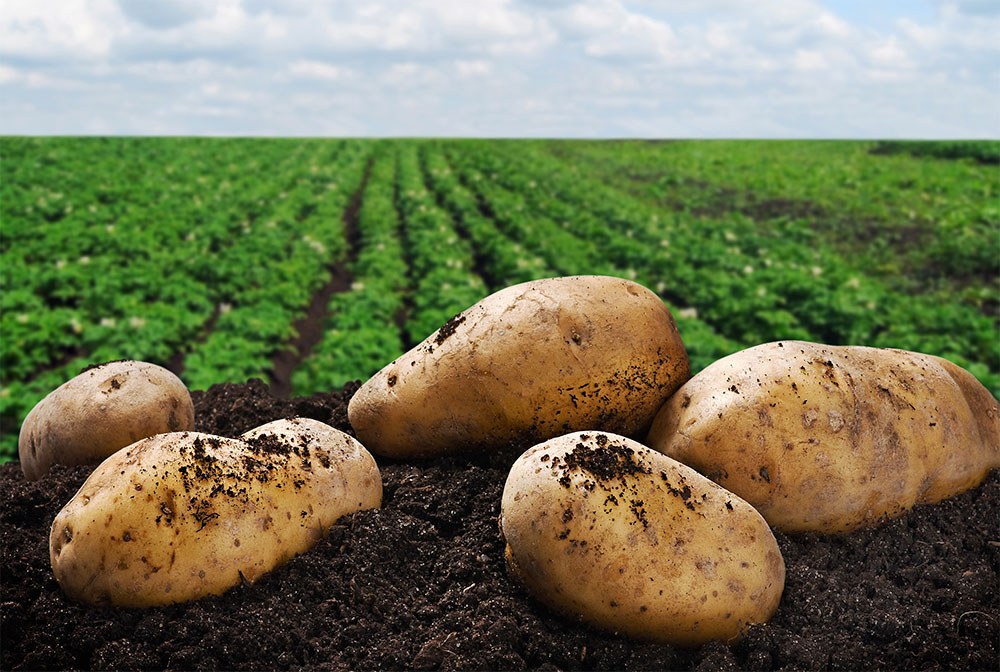
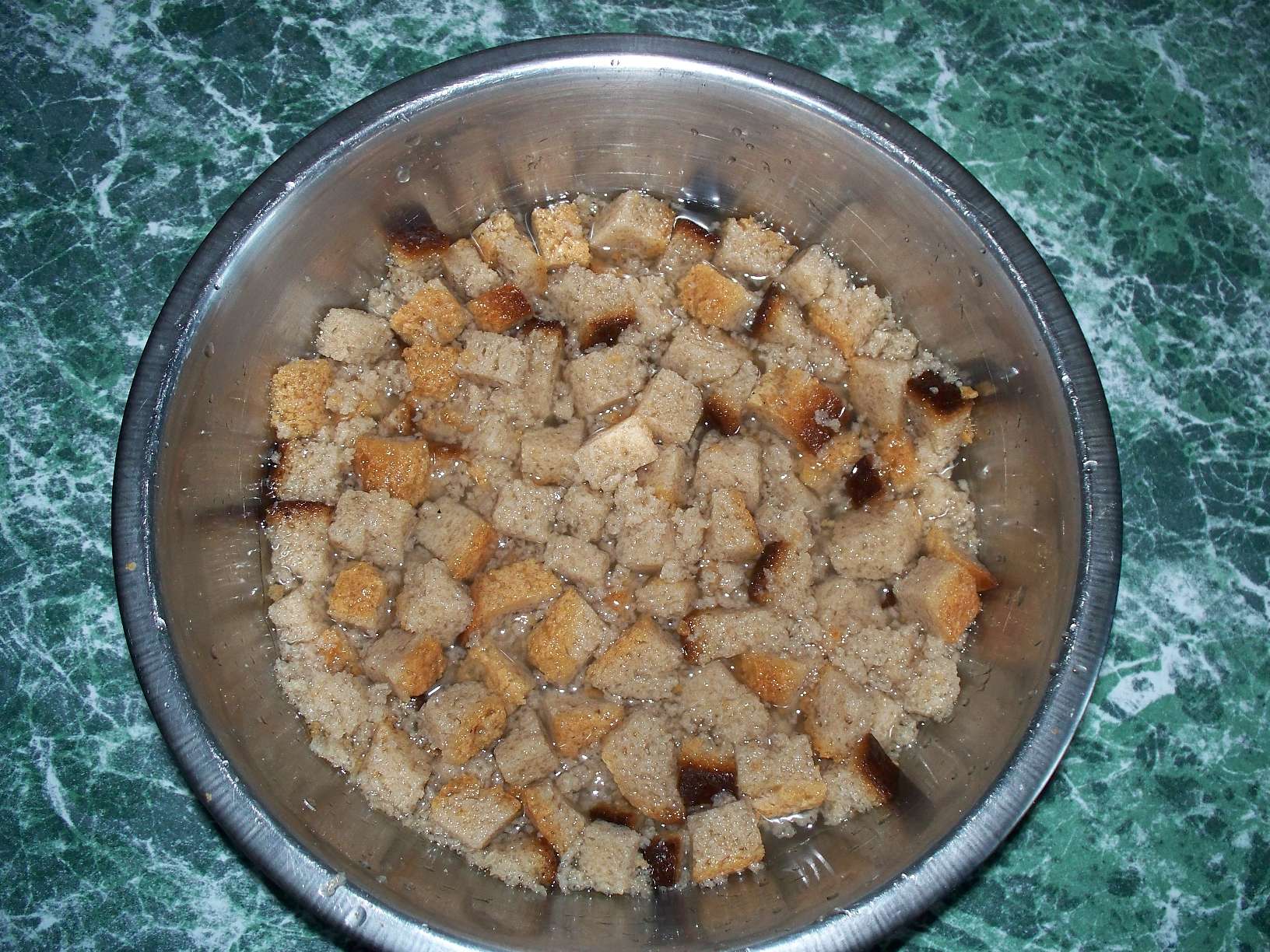 How to make bread infusion for feeding cucumbers
How to make bread infusion for feeding cucumbers Superphosphate: what is it and how to apply it
Superphosphate: what is it and how to apply it What problems can be expected from siderats?
What problems can be expected from siderats? Secrets of the collection, storage and use of eggshells in the garden
Secrets of the collection, storage and use of eggshells in the garden